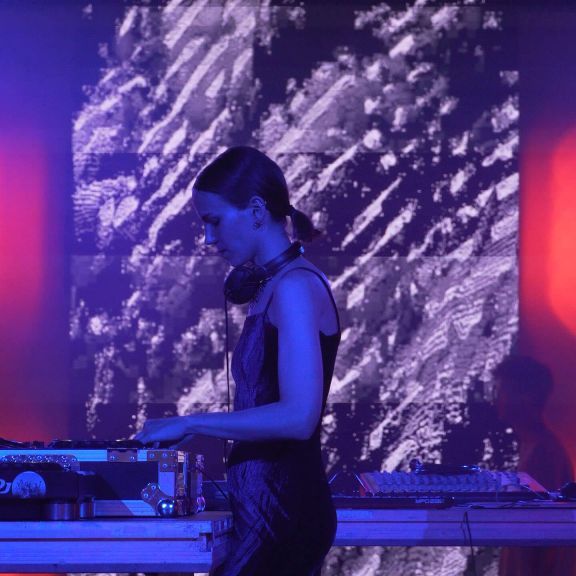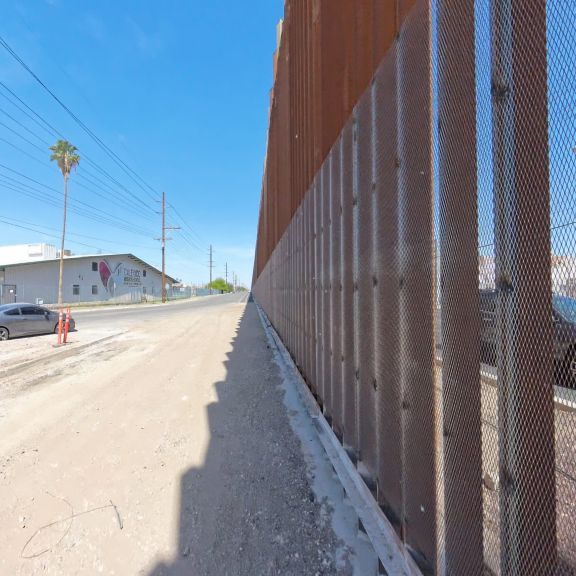
Bend it like the Bay Area: Doctors see flatter curve after 2 weeks of social isolation
State leaders and doctors are cautiously optimistic that the Bay Area’s early moves to lock down residents two weeks ago have prevented surges of coronavirus patients from overwhelming the region’s health care capacity thus far.
Six Bay Area counties were first in the country to adopt aggressive tactics with an enforceable March 16 order requiring residents to stay at home. Gov. Gavin Newsom quickly followed with a statewide order three days later restricting the state’s 40 million residents from all but essential activities.
After 14 days — the outermost period at which symptoms are believed to emerge post-infection — doctors at area hospitals are now reporting fewer cases than they expected to see at this point, and officials credit the lockdown with stemming the tide of patients they feared would flood into emergency rooms.
Northern California offered a rare glimpse of optimism Monday as the U.S. recorded its most coronavirus deaths in one day and Washington, D.C.-area jurisdictions — Maryland, Virginia and the District of Columbia — issued their first enforceable stay-at-home orders. Health officials across the nation are eyeing the Bay Area as a bellwether to determine the effects of social distancing, since the region’s policies were replicated in various states and cities in subsequent days.
The Bay Area’s primary goal two weeks ago was to slow the growth of serious cases, buying public officials and hospitals enough time to increase the number of hospital beds, respirators and staff necessary to handle a coronavirus surge.
“We believe very strongly the stay-at-home order has helped advance our efforts in reducing the stress on the system that we believe would have already materialized in more acute ways had we not advanced those protocols when we did,” Newsom said Monday in his daily press conference.
While officials remain adamant that people stay home and adhere to social-distancing guidelines — the Bay Area Monday extended its stay-at-home order to May 1 — they also are praising residents for following orders and expressing optimism that the measures will continue to work.
“Just generally when you look around Oakland now, what you are seeing gives you hope that makes you feel good about what’s going on here,” Oakland Mayor Libby Schaaf said in an interview. “People really got the message … and I believe that it will show that we will have flattened that curve.”
Stephen Parodi, a infectious disease doctor and associate executive director with The Permanente Medical Group in Northern California, said that Kaiser Permanente is “seeing a leveling off of Covid-19 cases in our hospitals” across Northern California, where it serves 4.5 million members. Kaiser has also seen calls related to colds and coughs drop by more than half since social distancing took effect, a key indicator that precedes hospitalization, he said.
“While we still predict an upcoming surge, the partnership between the health system and public health officials on the local and state levels to implement social distancing has given us more time to put a lot of pieces in place to prepare for a potential surge,” Parodi said in a statement.
Many Bay Area residents have faced restrictions for longer than 14 days. A week before the shelter-in-place order, Santa Clara County issued an enforceable ban on gatherings of more than 1,000 people, a move that forced cancellation of pro sporting events and concerts. San Francisco and Oakland soon followed suit. The jurisdictions also strongly urged that employers shift to remote work.
Because testing remains uneven, it’s difficult to draw broad comparisons between regions. A few weeks ago, America’s most populous state drew the nation’s greatest concern after community spread was detected here first. But California now has fewer total deaths than five other U.S. states, according to the Johns Hopkins University Coronavirus Resource Center. And on a per capita basis, 13 states had a higher death rate Monday.
Not all Bay Area counties are feeling as confident as others. Santa Clara County, which was the state’s epicenter and took the earliest actions on social distancing, still has an outsize share of coronavirus cases for its size, with 848 cases and 28 deaths.
The Bay Area’s other eight counties have been faring better, reporting 1,352 cases and 24 deaths total, according to the Johns Hopkins data. Statewide, California has 6,400 confirmed cases and 146 deaths.
Officially, hospital spokespeople are hesitant to identify trends. But individual doctors say the stay-at-home order has likely helped to keep numbers lower than they would be otherwise.
“It’s really the only thing we can point to that reliably would suggest that’s why we have fewer cases than other communities around the country,” said Jahan Fahimi, medical director of the emergency department at University of California, San Francisco’s Parnassus campus, which has about 15 patients with Covid-19, nine of them critically ill. “We’re definitely cautiously optimistic.”
Fahimi acknowledged that testing is still patchy, but said the low number of patients needing intensive care is evidence that the spread has been slower than feared.
“What I can say is how many critically ill patients we have, and that has not surged,” he said. “Something is working.”
On the supply side, hospitals have bought time by rescheduling elective procedures, setting up respiratory care units in parking lots and other areas and procuring more ventilators and personal protective equipment.
“The result has been we didn’t get this huge influx of patients, and we emptied out the hospital in preparation,” Fahimi said. “We have the capacity to meet the demand as it comes through the door.”
The South Bay is further from declaring victory.
“I am not yet optimistic because we don’t have enough data to really know,’’ San Jose Mayor Sam Liccardo said in an interview. “And in the absence of surveillance testing at a scale that we see in places like Taiwan and Singapore, we simply don’t have enough of a handle to understand whether we’ve contained this.’’
“I will say that we are looking at independent or other sources of data about movement and travel and it appears that there is relatively good compliance in places like San Francisco,’’ he said.
To be sure, California is far from being out of the woods. But it’s on a slower upswing compared to the nation as a whole, according to the University of Washington’s Institute for Health Metrics and Evaluation. While the nationwide curve is projected to peak on April 15, California is on a trajectory to hit peak demand on April 26, when it would need about 10,500 hospital beds and 1,250 ventilators.
The hospitalization total is far better than some projections; Newsom last week said California could need as many as 50,000 extra beds.
On Monday, state Health and Human Services Secretary Mark Ghaly struck a relatively confident tone, saying California currently has enough ICU beds and ventilators for anyone who needs them and is likely equipped for “weeks to come.”
Still, California leaders are urging that residents need to stay the course and not let up one bit.
“We still have plenty of work to do,’’ Liccardo said. “And one thing I know is that we’ve got some rough weeks ahead. … This would be far too early for us to be patting ourselves on the back, because we’ve got very heavy slogging ahead.”
By Debra Kahn i Carla Marinucci, published by Politico.
This story is part of the SoJo Exchange of COVID-19 stories from the Solutions Journalism Network, a nonprofit organization dedicated to rigorous reporting about responses to social problems.






















